There are about 280 moss species in the genus Sphagnum. A few of them are good for growing carnivorous plants. There are over 8000 other species of true mosses. Some of these you have probably seen growing with Sphagnum such as feather moss which is benign and hair-cap moss which can be a nuisance. Probably the most insidious and most common moss Ceratodon purpureus is called red roof moss. You do not want it but chances are it is in most of your carnivore pots.
I do not know which species of Sphagnum moss I grow or if it is a combination of species. I have had dried Chilean and New Zealand Sphagnum start growing. I have also received live North American Sphagnum. Over the years they all got mixed together. What I have does not like growing in water but loves growing on top of other media. I use it as a mulch for Heliamphora, a "soil" for Sarracenia purpurea subsp. purpurea and Drosera rotundifolia, and in the soil mix for Nepenthes, Heliamphora, and Darlingtonia. It is easy to grow.
As much as possible you should try to grow your own Sphagnum rather than buy it dried. New Zealand Sphagnum is grown in a sustainable manner and is very expensive. The less expensive Chilean is not and the relatively cheap Wisconsin Sphagnum definitely is not. You are likely to find dried carnivorous plants in the Wisconsin Sphagnum.
To grow your own Sphagnum fill the bottom of a wide, short pot or even a tray with some medium to about the expected water level then put pieces of live Sphagnum on the surface. Put the pots in a water tray with your carnivores or keep the water level in the Sphagnum tray just below the moss. If you have a greenhouse, under the benches is a great place. Sphagnum does not like hot sun. Spray the Sphagnum with foliar fertilizer at least monthly. It should grow like crazy.
If you can not grow enough Sphagnum, it can be purchased by the bale. Buy it in bales from a large-scale reputable dealer. There are dealers who buy the bales and resell the Sphagnum fluffed up by the cubic foot. You pay extra for that "service".
It does matter what species of dried, dead long fibered Sphagnum you use. Dried Wisconsin Sphagnum is not much better than a high class peat substitute. It breaks apart too easily and does not hold water the way Chilean and New Zealand Sphagnum do. It is good for starting seeds and may be a better all-round medium that peat. But the real thing is the southern hemisphere Sphagnum. Chilean and New Zealand Sphagnum break down very slowly and make a good long-term medium. It is highly recommended as part of a Nepenthes, Heliamphora, or Darlingtonia mix. I also use it for ropey rooted Drosera that I do not want to always be repotting.
An issue with Sphagnum is Sporotrichosis, a disease caused by a soil fungus. It is highly recommended you use gloves when handling North American Sphagnum and it is a good idea when handling any organic-based potting soil. Nitrile single use gloves are inexpensive and readily available in boxes of 100 at hardware stores.
-- John Brittnacher
For more information please see:
Skilling, Darroll D. (originally appeared in American Horticulturist) (1984) Sporotrichosis: A Disease Hazard for Nurserymen. Carniv. Pl. Newslett. 13(1):8-9,22 ( PDF )
Schnell, Don (1991) First verified reported case of Sporotrichosis in an ICPS member. Carniv. Pl. Newslett. 20(3):69-70 ( PDF )
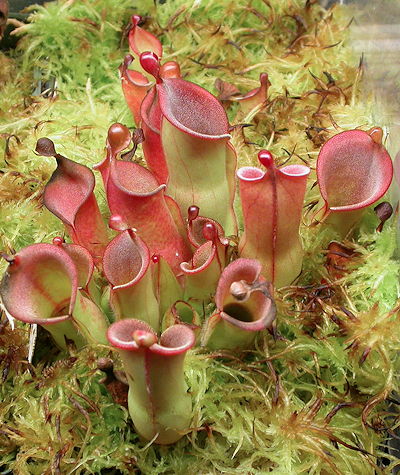
Live Sphagnum overgrowing Heliamphora in a terrarium. There is a pot under there somewhere.
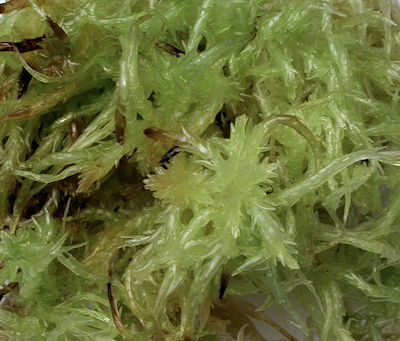
Live Sphagnum moss.
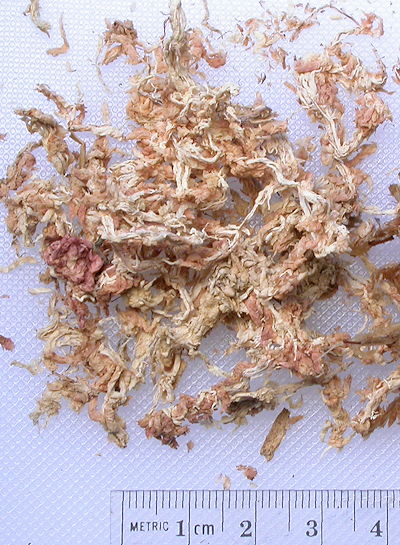
Dried Chilean long fibered Sphagnum moss.
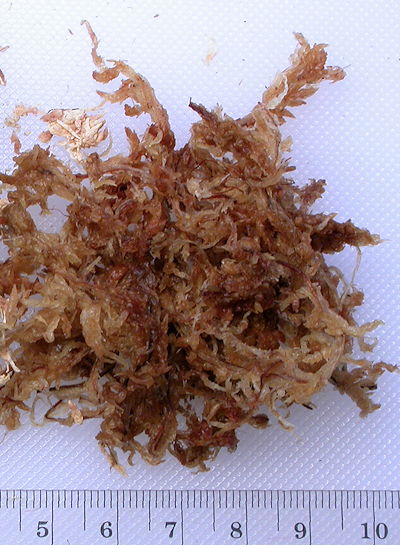
Wet Chilean long fibered Sphagnum moss.
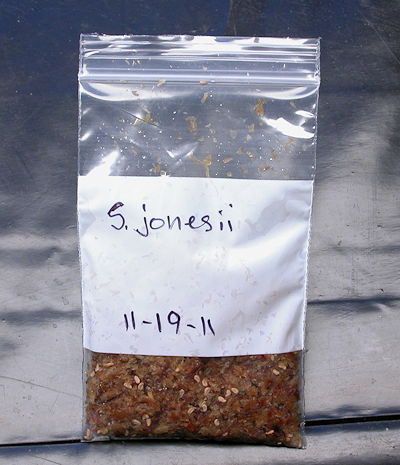
Using chopped Sphagnum moss for stratifying seeds.
